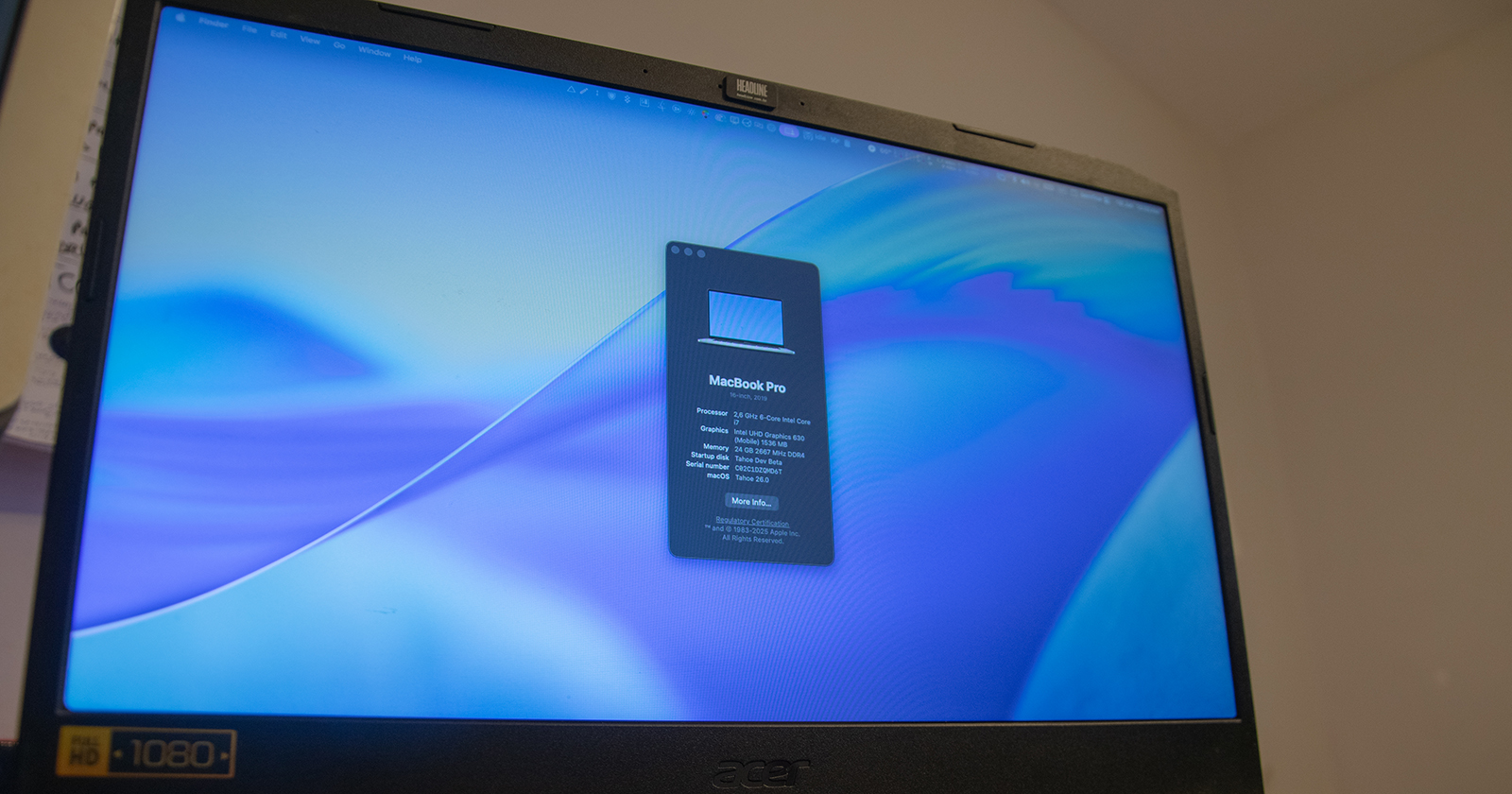Apple is exploring groundbreaking advancements in stylus technology, as evidenced by a recently granted U.S. patent (No. US12353649). This patent introduces a future iteration of the Apple Pencil designed to function seamlessly on various surfaces, including non-touch-sensitive ones like desks and walls. This innovation could redefine user interaction with digital devices, extending beyond traditional touchscreens.
Innovative Optical Sensing Technology
The core of this next-generation Apple Pencil lies in its sophisticated optical sensing capabilities. Unlike current models that rely on capacitive touchscreens, this stylus employs optical flow and laser speckle flow sensors to detect movement, orientation, and spatial displacement. These sensors analyze how light reflects off different surfaces, enabling the stylus to register input without the need for a touchscreen interface.
Optical Flow Sensors
Optical flow sensors estimate motion by observing changes in image brightness across sequential frames. The stylus would incorporate an LED to project light onto a surface and a sensor to capture the reflected light. This setup allows the device to track movement accurately, even under varying ambient lighting conditions.
Laser Speckle Flow Sensors
In contrast, laser speckle sensors utilize a laser, such as a Vertical-Cavity Surface-Emitting Laser (VCSEL), to project coherent light, creating speckle patterns on the surface. As the stylus moves, these patterns shift, and internal sensors interpret these changes to determine the stylus’s motion and angle. This method ensures precise tracking across diverse surfaces.
Enhanced Functionality and Versatility
Beyond basic motion detection, the patent outlines additional features that could significantly enhance the stylus’s functionality:
– Tilt and Rotation Detection: The stylus could measure its tilt and rotational orientation, providing a more natural and intuitive drawing or writing experience.
– Pressure Sensitivity: By integrating pressure sensors, the stylus could detect varying levels of force applied, allowing for dynamic line thickness and shading in digital art applications.
– Inertial Sensors and Magnetic Field Measurements: These components could further refine motion tracking and spatial awareness, enabling complex gestures and interactions.
– Computer Vision Systems: Incorporating computer vision could allow the stylus to recognize and adapt to different surfaces, optimizing performance accordingly.
Design Considerations
The patent suggests that the stylus tip may be constructed from optically transparent materials. This design choice would facilitate the effective operation of embedded sensors, ensuring precise input detection. Such a design transforms the stylus from a simple input device into a versatile tool capable of generating content across various physical environments.
Potential Applications and Implications
The implications of this technology are vast and varied:
– Expanded Device Compatibility: By eliminating the need for a capacitive touchscreen, the stylus could be used with a broader range of devices, including iPhones, MacBooks, and even Apple Watches. This versatility could unify the user experience across the Apple ecosystem.
– Enhanced Creative Workflows: Artists and designers could sketch or write on any available surface, with their input seamlessly digitized and synchronized with their devices. This flexibility could revolutionize creative processes, allowing for spontaneous ideation and collaboration.
– Augmented Reality (AR) Integration: The stylus’s ability to function in three-dimensional space opens possibilities for AR applications. Users could draw or manipulate objects in mid-air, interacting with virtual environments in innovative ways.
– Educational and Professional Use: In educational settings, students could take notes on traditional paper while having their work digitized in real-time. Professionals could annotate documents or brainstorm ideas on whiteboards, with their input captured and stored digitally.
Historical Context and Evolution
Apple’s interest in expanding the capabilities of the Apple Pencil is not new. Previous patents have hinted at similar innovations:
– Stylus with Inertial Sensors: A 2016 patent described a stylus equipped with inertial sensors, enabling it to function as a joystick or air mouse, suggesting potential applications beyond traditional drawing or writing.
– Stylus for Non-Electronic Surfaces: Another patent detailed a stylus capable of capturing handwriting on any surface, including paper or whiteboards, and transmitting the data to a digital device.
These earlier patents laid the groundwork for the current innovation, indicating a consistent trajectory toward more versatile and integrated input devices.
Challenges and Considerations
While the potential benefits are substantial, several challenges must be addressed:
– Accuracy and Calibration: Ensuring precise tracking across various surfaces and conditions will require sophisticated calibration and error-correction algorithms.
– Battery Life and Power Management: Integrating multiple sensors and wireless communication capabilities could impact battery life. Efficient power management strategies will be essential.
– User Adaptation: Users may need time to adapt to new interaction paradigms, especially when transitioning from traditional touch-based input methods.
Conclusion
Apple’s latest patent signals a significant leap in stylus technology, envisioning an Apple Pencil that transcends the limitations of touchscreens. By harnessing advanced optical sensors and integrating multiple functionalities, this next-generation stylus could revolutionize how users interact with their devices, blending the physical and digital worlds more seamlessly than ever before. As with all patents, it’s important to note that this technology may or may not materialize into a commercial product. However, it undeniably showcases Apple’s commitment to innovation and its vision for the future of user input devices.


